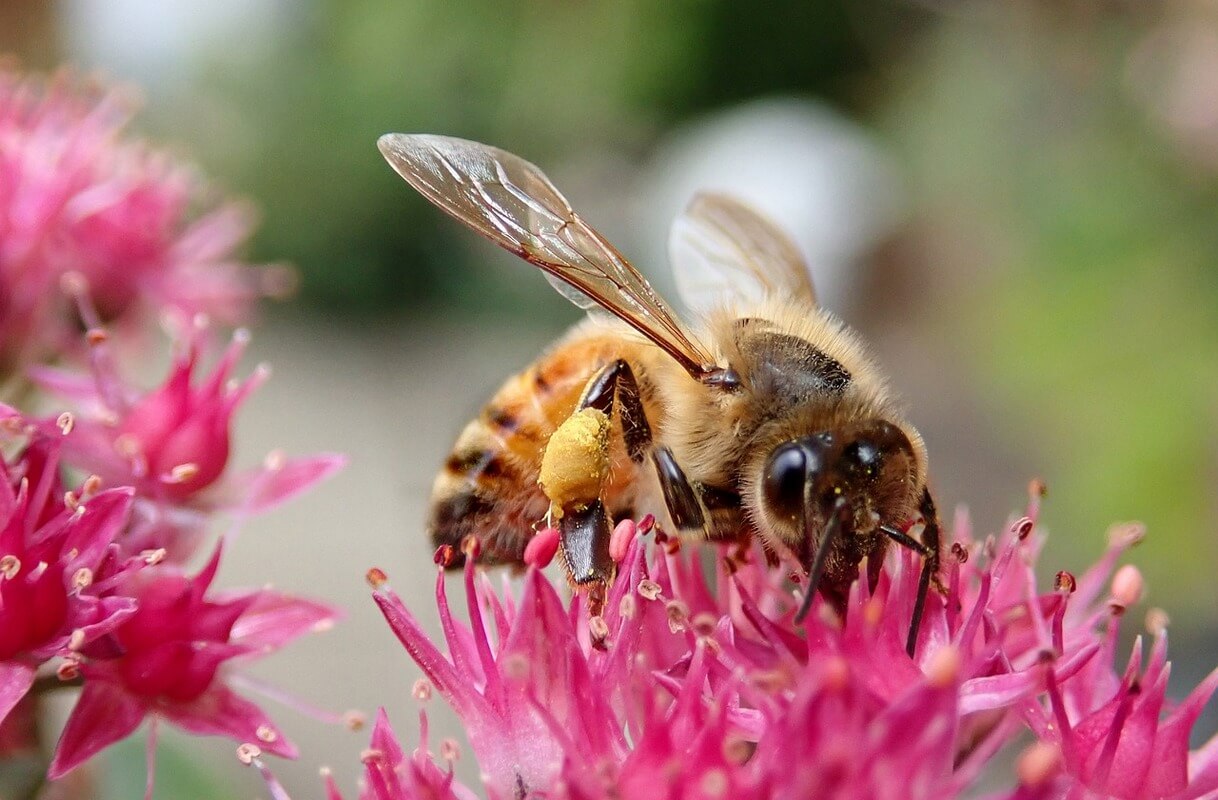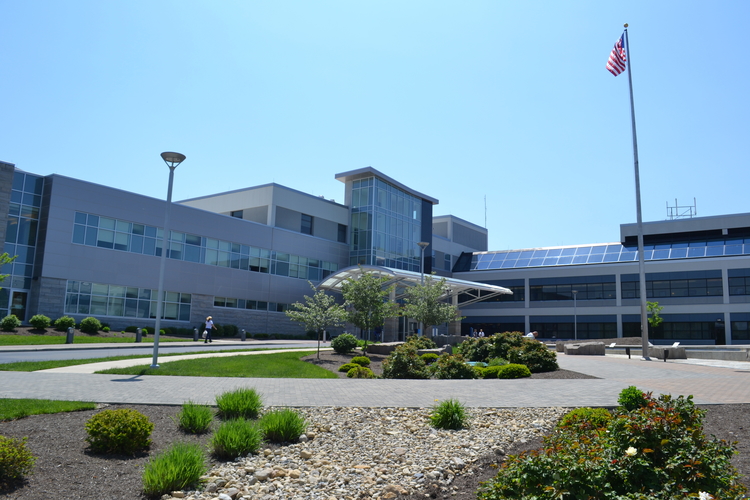If you want to encourage pollinators in the yard, look for the good old-fashioned choices that once cheered up outdoor spaces.
Lilacs are the first choice for bees. With the twin qualities of beauty and fragrance, lilacs are perfect for the suburban yard. Choose a well-drained location with plenty of sun and space. They grow big and luscious. You’ll get plenty of cut flowers and bees will love the nectar.
Honeysuckle reigns for decks and patios. It comes in both bush and climbing varieties that will give you lots of feathery flowers plus fragrance. Hummingbirds love it, as well as honey bees. Beware, the bush can grow massive so give it lots of space.
Even the beginner gardener can grow Sedum, otherwise known as Live Forevers. Find a sunny spot for this plant and by late summer the pretty red and pink blossoms will be covered with butterflies and bees. If you have an out-of-the-way sunny spot, try letting some weeds grow lightly around the sedum for more butterflies.
Bee Balm is a plant native to North America that was one of the first flowering plants written about in the 1500s. By 1774, plant explorers sent seeds of one variety (Monarda didyma) to Britain where botanists found its leaves made a fragrant tea. Today, though it hasn’t become terribly popular in gardens, you will find the variety M. fistulosa, or purple bee balm, one of the most cultivated species. Bees, as the name implies, love it as do butterflies and hummingbirds. Bee Balm loves moist, sunny ground, rewarding gardeners with lovely shaggy red and purple flowers on 4-foot stems. Bee Balm is lovely in a mass planting.


